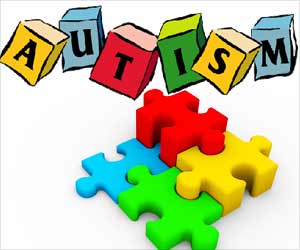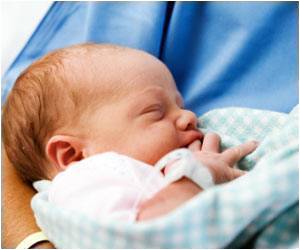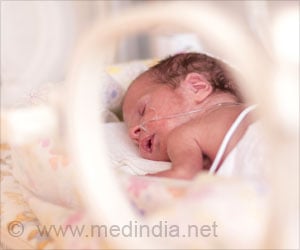Using the Quantitative Checklist for Autism in Toddlers (Q-CHAT), autism can be detected at 18-30 months, revealed research.

TOP INSIGHT
Autism can be detected during toddlerhood using a simple and brief questionnaire.
In the new research, in phase one, 13,070 caregivers were invited to complete the Q-CHAT about their child at 18-30 months. 3,770 caregivers returned the Q-CHAT, of whom 121 were invited for an autism diagnostic assessment.
In phase two, the sample was followed up when the children were 4, using the Childhood Autism Screening Test (CAST), and a checklist enquiring whether any of the children had been referred or diagnosed with any developmental conditions, including autism. Autism assessments were made using internationally recognized methods.
The sensitivity (the proportion of autistic children correctly identified by the Q-CHAT as being autistic) of the Q-CHAT in predicting autism at phase two is 44%, and the specificity (the proportion of children who are not autistic and who are correctly identified by the Q-CHAT as not being autistic) is 98%. Results also showed that the 'positive predictive value' (the proportion whose screened positive on the Q-CHAT who were found to be autistic) is 28%.
This study demonstrates that early detection and diagnosis of autism is possible using the Q-CHAT, since all 11 children who were classified as autistic scored at or above the cut-point of 39. The Q-CHAT did not identify all children during toddlerhood who were later diagnosed with autism at age 4. This likely reflects that some autistic children do not show symptoms of sufficient severity until later in childhood.
Dr Carrie Allison, Director of Research Strategy at the Autism Research Centre, and who led the study, said: "This study tells us that autism can be detected during the toddler years, and that other children may only be identified as autistic later. Repeat screening and surveillance across development may be a better approach rather than relying on a single time-point."
Professor Sir Simon Baron-Cohen, Director of the Autism Research Centre and a member of the team, said: "25 years ago our team was the first to show autism could be screened and diagnosed as young as 18 months of age. This new study shows how our original screening instrument - the CHAT - has been revised into a better instrument - the Q-CHAT, which can pick up children who need an autism diagnosis. Early detection means happier, healthier, children and families because they can be targeted with support."
Source-Eurekalert
 MEDINDIA
MEDINDIA




 Email
Email







